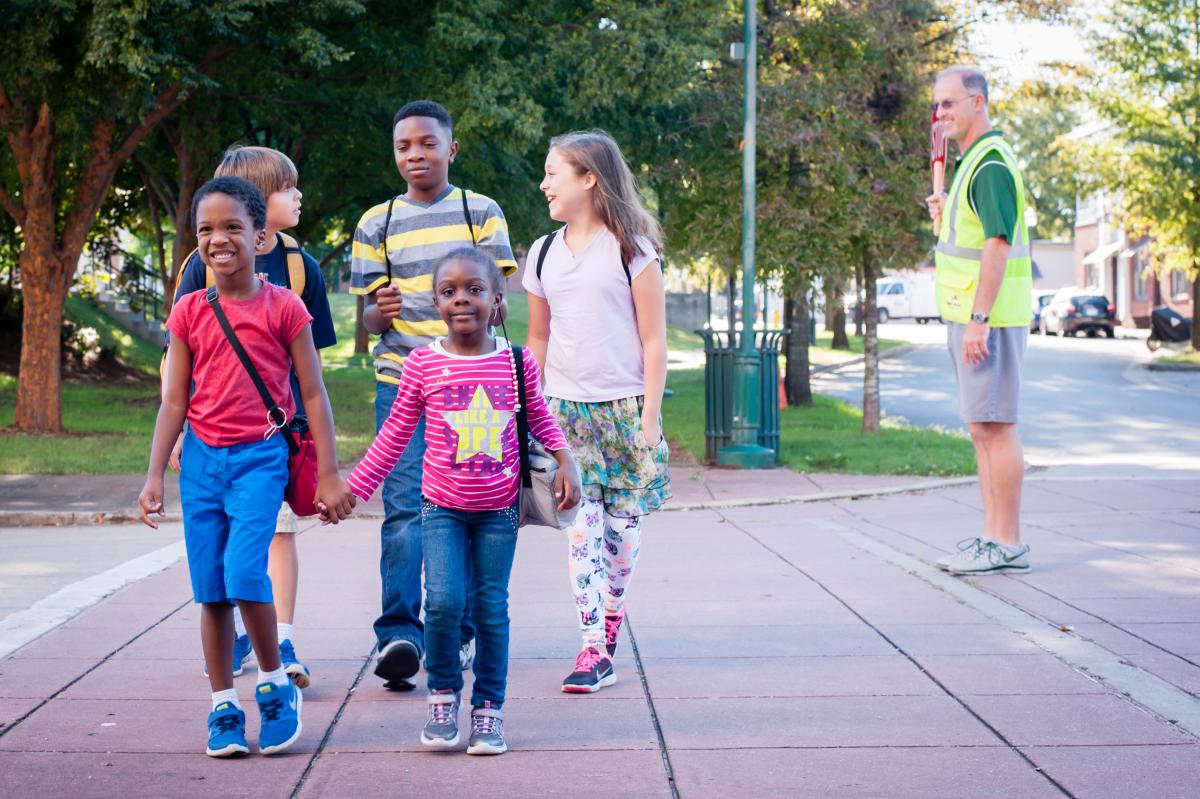New Year, New Ways for Public Health Advocates to Improve Park Access and Health
The start of a new year is an inspiring time. We embrace this moment as a fresh start, setting ambitious resolutions to adopt positive or healthy habits in our everyday lives. We hope these changes will eventually lead us to become healthier, happier, or kinder individuals. With enthusiasm and gusto, we take significant leaps to realize our newfound commitments.
Why Safe Routes to Parks: Stories, Data, and Resources to Illustrate the Mission
Safe Routes to School During COVID-19 Survey
The Safe Routes Partnership is hosting a series of listening sessions for our Safe Routes community to connect and share what changes have occurred in your programs over the past year. We're seeking input from Safe Routes to School practitioners, caregivers, advocates, and volunteers who are willing to participate in one of four listening sessions, which will be scheduled in late February and early March.
Safe Routes Success in Kauai Community
The Problem
Kamali’i is a dead-end street in the rear of Kilauea School in Kauai, Hawaii. Although “No School Drop Off” signs are posted clearly on the gate and reiterated through newsletters, personal requests, and various other methods, parents still drop off their children at the back of the school. The issue is that there is no place to safely turn around so cars must backup down the street. It causes chaos, congestion, and unsafe situations for children trying to walk or bike safely to school as well as residents of the street.
Success in Cherokee Nation
Cherokee Nation Public Health works with 14 counties in tribal jurisdictions in northeastern Oklahoma. A community transformation grant from the CDC allowed their work to expand into Safe Routes to School roughly five years ago, laid out specifically as an objective in their community work plan. They work with local community coalitions to align their work plans, keeping Safe Routes to School part of the conversation at all levels where they are involved. They have also been able to introduce SRTS into rural areas that have infrastructure challenges due to access issues.
Creating Streets Where We All Feel Safe and Respected
By Katharine Bierce, Sara Zimmerman, and Norma Tassy
New Rural Resources
Can rural roads be good places to walk and bicycle? Why yes, they certainly can! My daughters got their first bicycles when they were five or six. They loved the bikes – but they couldn’t ride them. Because the streets in our small city were a little too busy for crazily uncoordinated families with bicycles and small children, we would drag ourselves, the girls, and the bikes over to the park every couple weeks. We would run around awkwardly holding the bicycle seats and trying to prevent the girls from crashing to the ground. While this did succeed in providing the whole family with


